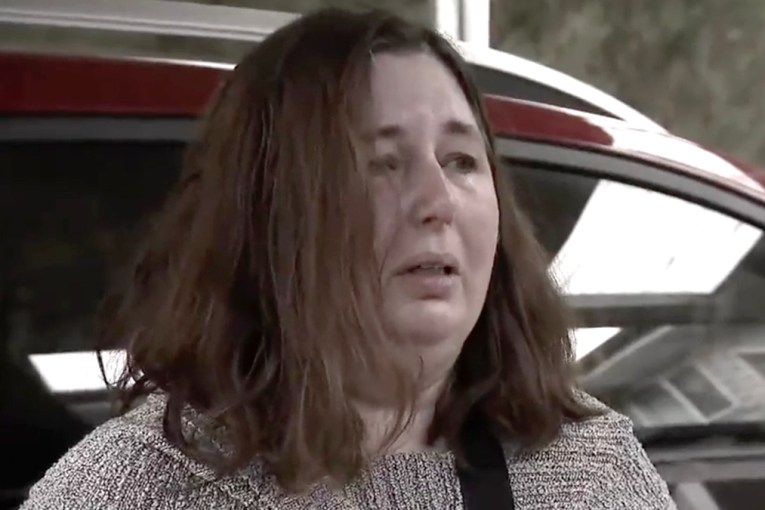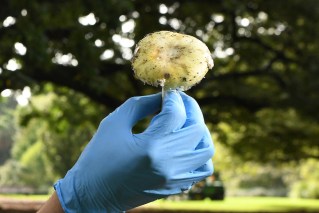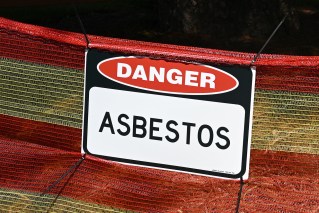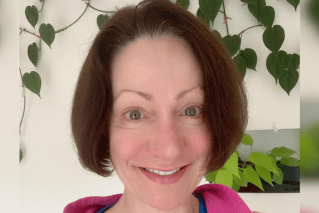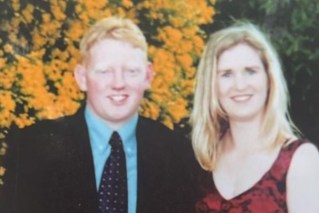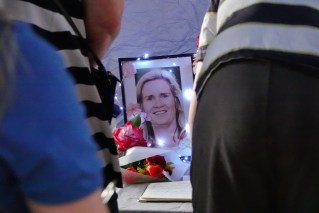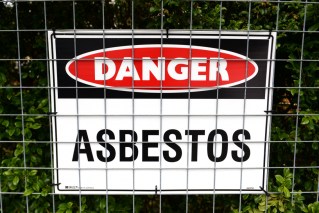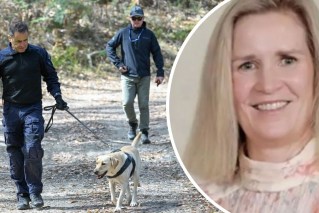Number of terminally ill Victorians legally ending their lives grows

The Territory was the first and likely the last jurisdiction to legalise assisted death. Photo: Getty
As more states consider legalising euthanasia, the nation’s legislative trailblazer Victoria has reported more than 170 people ended their lives in 2020 with the help of the state’s assisted dying scheme.
The latest report from Victoria’s Voluntary Assisted Dying Review Board confirmed 174 deaths under the scheme between January 1 and December 31 last year.
The majority took the approved medication themselves, and 31 people had a dose administered by a medical practitioner.
Since the state’s voluntary assisted dying laws came into effect in June 2019, there have been 224 deaths.
A total of 465 permit applications have been made in the past 18 months, with only 60 refused.
A number of applications, however, were withdrawn because the applicant died before obtaining a permit. Only two people changed their mind.
Under the laws, Victorian adults with an incurable and advanced terminal illness and less than six months to live – or 12 months for those with neurodegenerative conditions – are able to access a lethal substance.

All but 31 terminally ill Victorians administered the lethal dosage without a doctor’s assistance in 2020. Photo: ABC
They must also be of sound mind with decision-making capacity, make three clear requests to die and undergo two independent medical assessments. The request can only be initiated by the patients themselves.
Medical professionals are able to conscientiously object.
Tasmania is almost certain to become the third Australian jurisdiction to legalise voluntary assisted dying after the legislation passed the state’s lower house earlier in March.
Western Australia has passed laws, and the scheme is due to start in mid-2021.
Of those people who have applied to use the scheme in Victoria, 77 per cent had terminal cancer and 23 per cent had a non-malignant diagnosis.
Young and old
Of the non-malignant diagnoses, 62 per cent had a neurodegenerative disease such as motor neurone disease and 38 per cent per cent had other untreatable diseases such as pulmonary fibrosis, cardiomyopathy or chronic obstructive.
Applicants have been aged between 20 and 100, with an average age of 71.
About 52 per cent were men and 47 per cent were women, while one per cent selected “self-described” as their gender identity. Almost two-thirds lived in metropolitan areas with a third from regional or rural Victoria.
There has been an overall compliance rate of 95 per cent, with just six cases referred for further investigation. None were related to eligibility.
The chair of the Voluntary Assisted Dying Review Board, former Supreme Court judge Betty King, said 2020 had been a hard year for anyone who had lost a loved one.
“I appreciate the death of a loved one in such uncertain times may have been particularly difficult,” she said in the report.
“The fact that voluntary assisted dying has been able to continue during this time is truly a testament to the work of many people and I wish to acknowledge their dedication.”
Ms King has called for the federal government to change its Criminal Code to allow doctors to consult with people seeking voluntary dying over the phone or via teleconference.
-AAP
- Lifeline 13 11 14
- beyondblue 1300 22 4636
